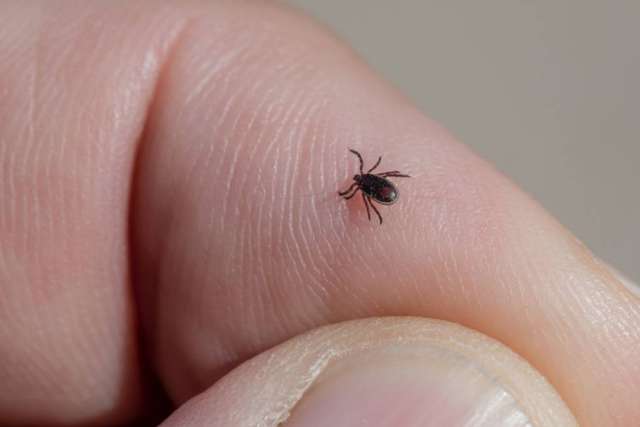Dear Doctors: Is it just me, or does it seem like a lot more people are getting diseases from ticks? We just heard about a lady who lives not too far from here who died from a tick bite. It gave her Powassan virus, which I’d never heard of before. What is that? Is it as common as Lyme disease?
Dear Reader: When it comes to an increase in the types and number of tick-borne illnesses in the United States, you’re not imagining things. Ticks are found in all 50 states, and reporting shows that their populations are increasing. Some species are expanding their geographic range, and in the process introducing new diseases into those areas.
Although fewer than a dozen of the estimated 90 species of ticks found in the U.S. transmit disease, they take a toll. Data from the Centers for Disease Control and Prevention show tick-borne illnesses have more than doubled since 2004. Scientists attribute this to increased awareness of tick bites, improved reporting to health authorities and changes to weather and climate. Depending on the climate of each particular state, ticks can be a year-round problem.
Lyme disease is by far the most common tick-borne illness. Almost 35,000 cases were reported in 2019, which is the most recent data available. But the tiny arachnids carry more than a dozen other diseases, both bacterial and viral. The second-most common is anaplasmosis, a flulike illness with close to 9,000 reported cases in 2019. Like Lyme disease, it is caused by a bacterium that infects the tick. Additional tick-borne diseases found in the U.S. include Rocky Mountain spotted fever, tick-borne relapsing fever, ehrlichiosis, babesiosis and tularemia.
Powassan virus gets its name from the small town in Ontario, Canada, where it was first identified in 1958. Many people who become infected remain symptom-free. In those who do become ill, symptoms begin anywhere from a week to a month after the tick bite. These include fever, headache, nausea and vomiting, weakness and exhaustion. In severe disease, the virus causes inflammation of the brain, which is known as encephalitis. It can also attack the membrane around the spinal cord and the brain, which is known as meningitis. Symptoms include disorientation, confusion, a loss of coordination, difficulty speaking and seizures.

There is no cure at this time for Powassan virus. Those with severe disease often require hospitalization to manage inflammation and swelling. About half of survivors experience long-term health problems, including loss of strength and muscle mass, recurring headaches and memory problems.
What makes Powassan virus particularly worrisome is the very short transmission time. In other tick-borne illnesses, a tick must be attached for 36 hours or more for disease transmission. In Powassan virus, the tick can transmit the virus in just 15 minutes.
Unlike Lyme disease, Powassan virus is quite rare, with fewer than 40 cases reported each year. Most occurred in the northeastern and Great Lakes regions, due to bites from the blacklegged or deer tick. However, data shows the number of cases trending upward, and the range expanding. Protecting yourself from ticks is very important. We’ll be back next week with a column devoted to that.
(Send your questions to [email protected], or write: Ask the Doctors, c/o UCLA Health Sciences Media Relations, 10960 Wilshire Blvd., Suite 1955, Los Angeles, CA, 90024. Owing to the volume of mail, personal replies cannot be provided.)





